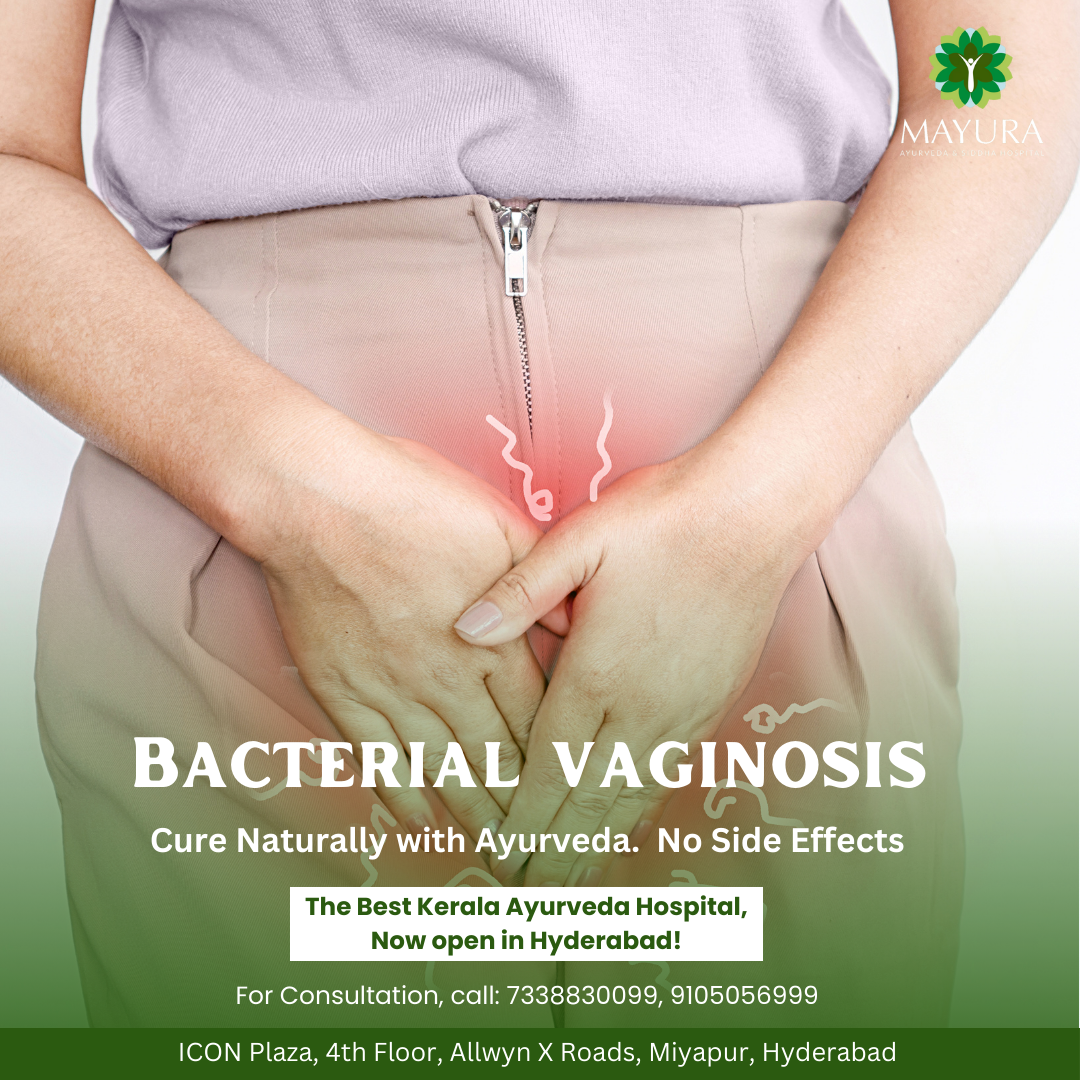
Bacterial Vaginosis: Causes, Symptoms, Treatment & Prevention
Bacterial vaginosis (BV) is a common vaginal infection affecting women worldwide. Despite its prevalence, BV often remains misunderstood and overlooked. Understanding its causes, symptoms, treatment options, and preventive measures is crucial for effective management and optimal reproductive health.
BV occurs when there’s an imbalance in the vaginal microbiota, resulting in an overgrowth of harmful bacteria such as Gardnerella vaginalis. While the exact cause remains elusive, several factors contribute to BV development. These include multiple sexual partners, douching, hormonal fluctuations, and antibiotic use.
Symptoms of BV vary but often include:
1. Thin, grayish-white vaginal discharge with a fishy odor
2. Vaginal itching or irritation
3. Burning sensation during urination
4. Increased vaginal discharge after sexual intercourse
Diagnosing BV typically involves a physical examination and laboratory tests, including vaginal pH measurement and microscopic examination of vaginal fluid samples.
Treatment options for BV aim to restore the balance of vaginal bacteria and alleviate symptoms. Antibiotics such as metronidazole and clindamycin are commonly prescribed for BV. However, recurrence is common, prompting the exploration of alternative therapies such as probiotics and vaginal pH modulators.
Preventing BV recurrence involves adopting healthy vaginal hygiene practices and minimizing known risk factors. Here are some preventive measures to consider:
1. Practice safe sex by using condoms consistently.
2. Avoid douching, as it disrupts the natural balance of vaginal flora.
3. Limit the number of sexual partners.
4. Use mild, unscented soap for vaginal hygiene.
5. Wear breathable cotton underwear and avoid tight-fitting clothing.
6.Maintain a balanced diet rich in fruits, vegetables, and probiotics.
7. Avoid excessive use of antibiotics unless necessary.
Despite its common occurrence, BV can have significant implications for women’s health, including an increased risk of pelvic inflammatory disease (PID), preterm birth, and sexually transmitted infections (STIs) like HIV. Therefore, seeking prompt medical attention and adhering to treatment regimens are essential for managing BV effectively.
In conclusion, bacterial vaginosis is a prevalent vaginal infection that requires comprehensive understanding and proactive management. By addressing its underlying causes, recognizing its symptoms, and implementing preventive measures, women can reduce the burden of BV and maintain optimal vaginal health.




